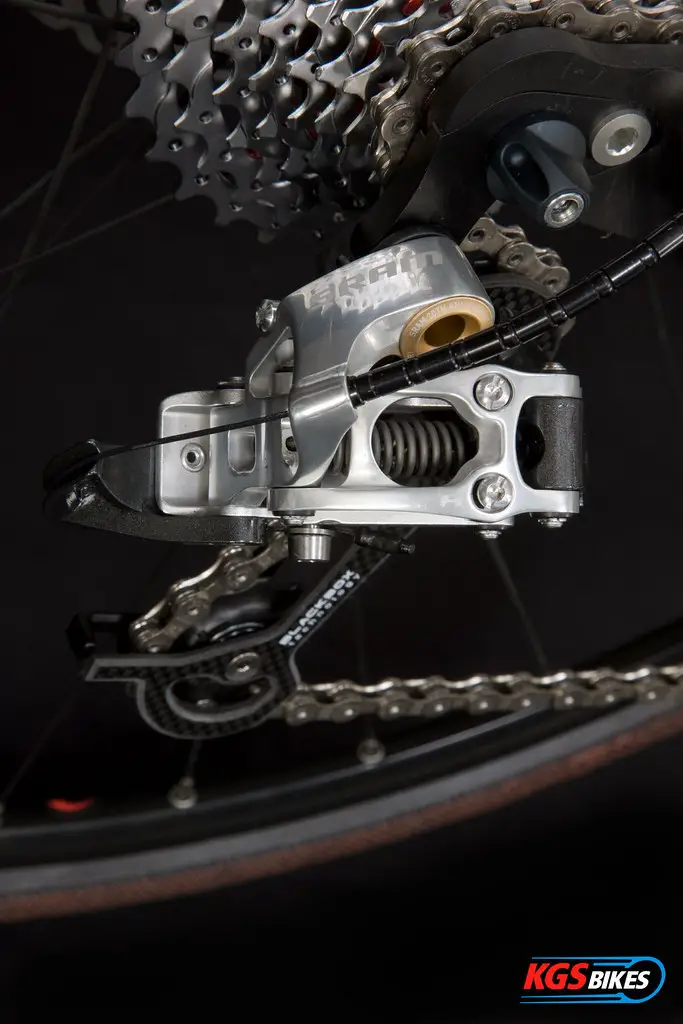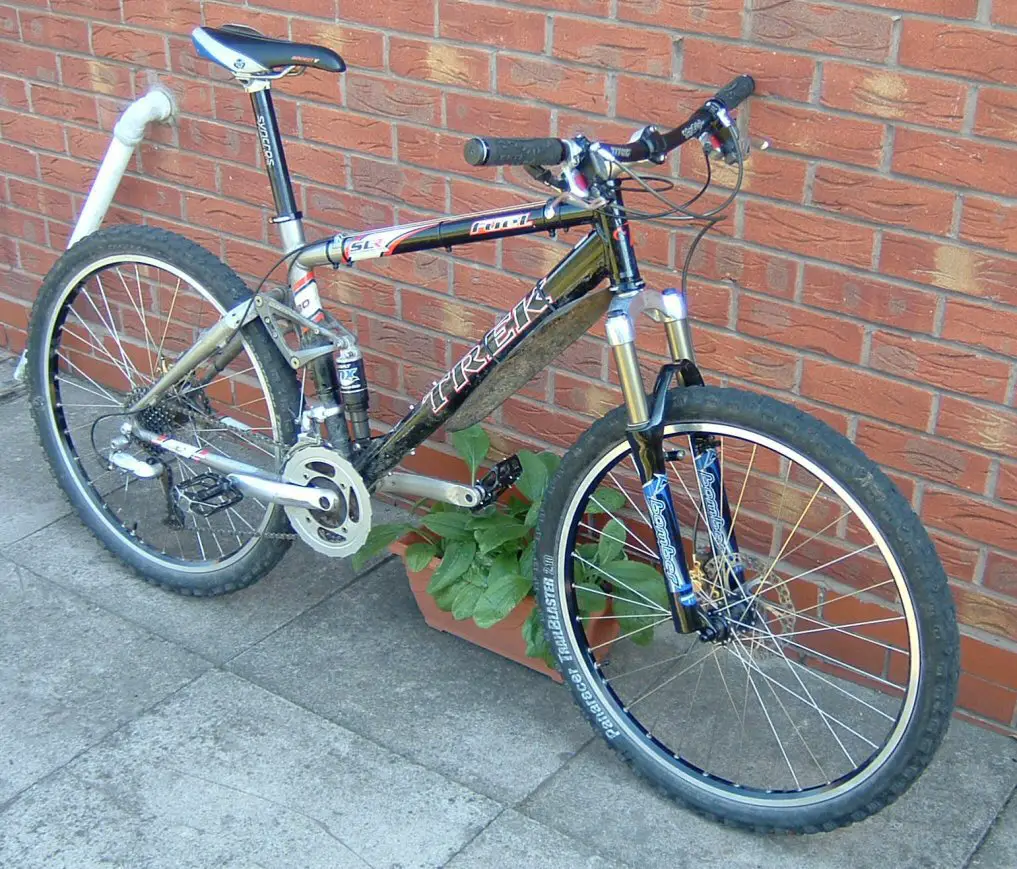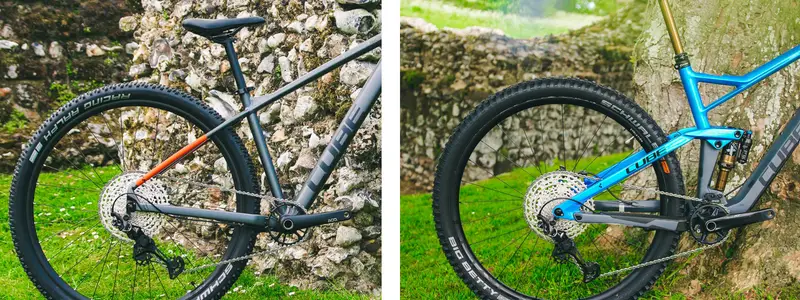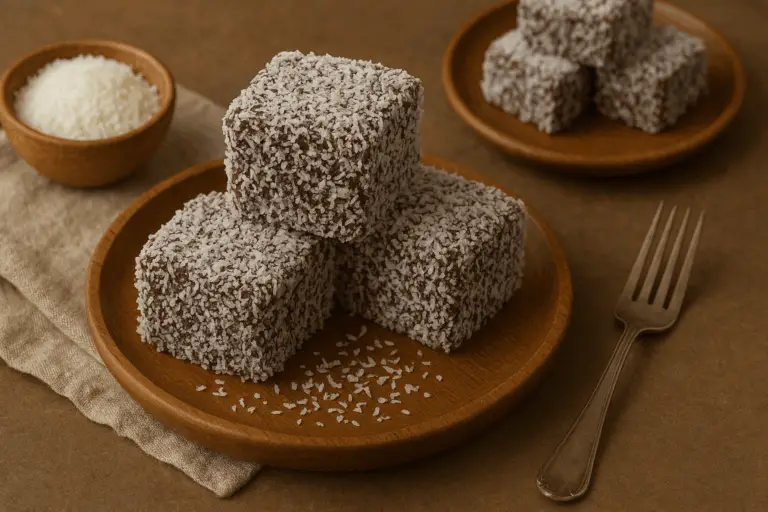Choosing the Right Full Suspension Mountain Bike: A Comprehensive Guide
If you’re venturing into the exhilarating world of mountain biking, one of the first decisions you’ll tackle is choosing the right bike. Amidst the labyrinth of bike shops and online retailers, the Full Suspension Mountain Bike (FSMTB) stands out as a formidable choice, offering riders enhanced comfort, control, and traction over rough terrain. But how do you navigate the varied terrains of features, models, and budgets to find the perfect FSMTB for your needs? This comprehensive guide is your trusty trail map, leading you through the essentials of full suspension mountain bike selection.

Understanding Full Suspension Mountain Bikes
Full Suspension Mountain Bikes (FSMTBs) offer a combination of front and rear suspension, which means they absorb shocks and impacts from the trail. This eradicates much of the jarring you would experience on a Hardtail Mountain Bike. A typical FSMTB includes a rear shock that connects the rear wheel to the mainframe and a front fork with hydraulic or coil-based spring suspensions. The frame is specifically designed to accommodate the suspension components while maintaining durability and flexibility of the ride.
When you’re on rugged, unpredictable mountain trails, a full-suspension setup can improve your handling, maintain better contact with the ground for climbing, and provide more control during descents. The trade-off, however, is weight and pedal efficiency on smooth surfaces. Understanding this should define your intentions for use, ensuring you get the performance you need.
Factors to Consider When Choosing
1. Frame Material and Geometry
The frame is the backbone of your mountain bike, dictating how the bike feels on the trail. Common frame materials include aluminum, carbon fiber, and steel, each with its advantages in terms of weight, strength, and compliance. The geometry of the frame is equally crucial, affecting everything from how the bike handles to how comfortable the ride will be over long distances.
2. Suspension Type and Travel
The two most popular types of rear suspension are the Horst Link and VPP – both of which offer unique benefits. When selecting your suspension, consider the travel (measured in millimeters) it can handle. This determines the kind of trails the bike is best suited for. Cross-country bikes might have 100mm (or less) of travel, while trail and enduro bikes might have 150-170mm.
3. Wheel Size
Historically, 26-inch wheels were standard, but the industry has shifted to favor 27.5-inch and 29-inch varieties. Each size alters the bike’s overall handling and ability to roll over obstacles. Smaller wheels are more agile, while larger wheels maintain momentum and better roll over rough surfaces.
4. Brakes and Drivetrain
Modern full-suspension mountain bikes come with a plethora of brake and drivetrain options. Disc brakes are the standard, offering superior stopping power and modulation. For the drivetrain, you’ll be looking at the number of gears, the brand (such as Shimano or SRAM), and the type (1x, 2x, or 3x).
5. Fit and Sizing
A properly fitting bike is crucial for both comfort and performance. Sizing can vary between brands and models, so test riding and getting a professional fitting are key steps. You should also consider the potential for adjustments in the seat post, stem, and handlebar height to customize the fit to your preferences.

Comparison of Top Full Suspension Mountain Bikes
To help you along your way, I’ve compared popular FSMTBs across different price ranges:
Entry-Level
The entry-level segment offers bikes that are great for beginners and those on a budget. Brands like Giant and Specialized have models in this range with durable aluminum frames and entry-level component sets for a reasonable price.
Mid-Range
In the mid-range category, look for bikes with improved suspension and a greater variety of component options. These bikes often feature hydraulic disc brakes, air shocks, and mid-level drivetrain options. Brands like Trek and Santa Cruz offer compelling models here.
High-End
At the high end, the sky’s the limit with bikes featuring carbon frames, top-tier suspension components, and the most advanced drivetrain and brake systems. Expect to see brands like Yeti and Pivot at this level.
Tips for Testing and Selection
Test Riding
Always test ride a full suspension mountain bike before purchasing, if possible. This can be as simple as a lap around the parking lot or a full ride on your local trail. Pay attention to how the bike feels on the types of trails you plan to ride regularly.
Seeking Expert Advice
Don’t be afraid to seek out advice from experienced riders or professionals at your local bike shop. They can offer valuable insights and help clarify any questions you might have about a particular model or feature.
Making the Final Decision
When you’re ready to make a final decision, take both your budget and your long-term goals into account. If you plan on growing as a rider and tackling more challenging trails, it might be worth investing a bit more upfront for a bike that can grow with you.
Maintenance and Upkeep
Once you’ve chosen your FSMTB, it’s important to keep it in top riding shape. Regular maintenance, such as keeping the suspension clean and lubing the chain, can significantly extend the life of your bike. Additionally, consider investing in a maintenance course to learn how to properly care for and make small repairs to your bike.
Conclusion
Selecting a full suspension mountain bike is an exciting process, offering the potential to take your mountain biking to new heights – quite literally. Whether you’re looking for a bike to tackle the local cross-country trails or you’re gearing up for a season of high-alpine enduro races, the right FSMTB can make all the difference. By understanding the key components, conducting thorough tests, and committing to regular maintenance, you’ll ensure your choice not only meets your immediate needs but also grows with you as you progress in the sport. Happy trail hunting!






